Ancient City of Anuradhapura

Anuradhapura is the first capital of Sri Lanka located in north central province of Sri Lanka. It is one of the ancient capitals of Sri Lanka which was the center of Theravada Buddhism for many centuries. Due to its ruins of an ancient Sri Lankan civilization UNESCO named it as a UNESCO world heritage site in 1982 under the name of Sacred City of Anuradhapura.
Anuradhapura was Sri Lanka's first Planned City and the First Historical Capital of Sri Lanka founded in 5th century BC gives a fascinating glimpse of a stately, well laid-out pre-Christian metropolis of massive Buddhist shrines and monasteries, splendid palaces, pavilions, and parks, bathing ponds and vast reservoirs, many of them are masterpieces of architecture, art, sculpture and engineering. Anuradhapura offers a host of memorable sightseeing highlights. The city had been reserved for the King, his ministers and for commercial activities and the suburbs had been planned as areas serving the city as well as settlements for ascetics. Site, is replete with renovated monuments, restored edifices, preserved ruins and historical sites where the archaeological excavations are still being continued. Anuradhapura was the cradle of glorious Sinhalese Buddhist civilization.
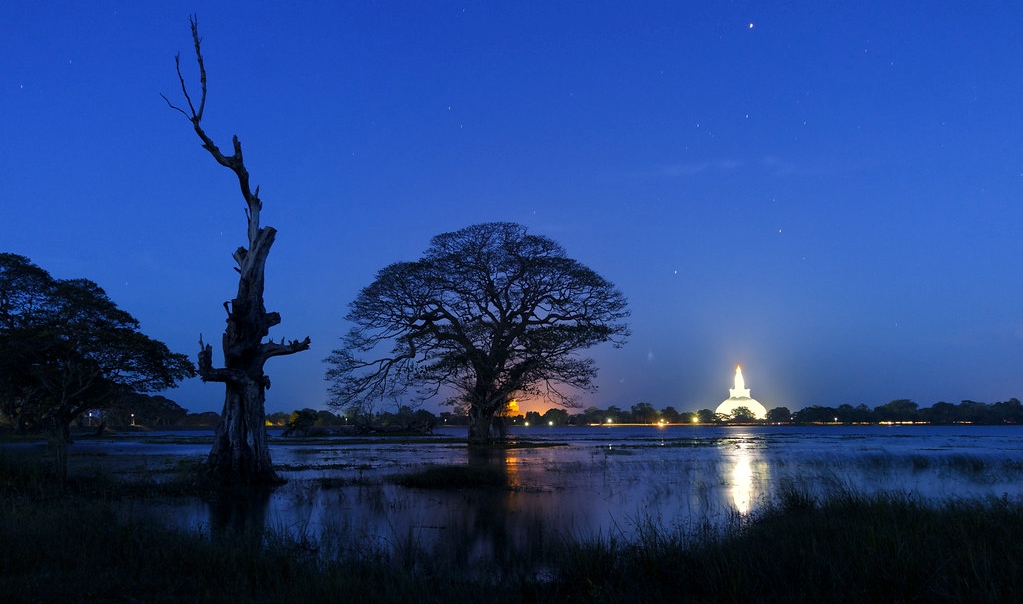
Ancient City of Polonnaruwa
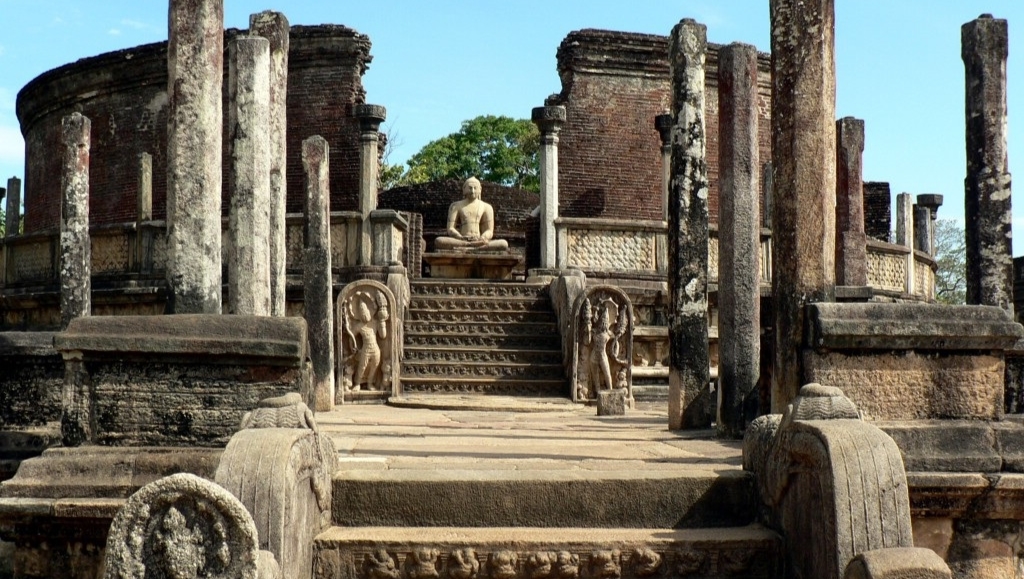
Polonnaruwa was the second capital of Sri Lanka after the destruction of Anuradhapura in 993. It comprises, besides the Brahmanic monuments built by the Cholas, the monumental ruins of the fabulous garden-city created by Parakramabahu I in the 12th century.
Most commonly referred to as Sri Lanka's second ancient capital, the city of Polonnaruwa is nevertheless a magnificently preserved city with rich archaeological monuments and natural beauty. Located in Sri Lanka's North Central Province, Polonnaruwa has both its ancient city, an adjoining “old town” as well as a “new town” located about 6km away. The archaeological sites are in a compact layout, within easy distance of each other, and tours are easily arranged either on foot or more popularly explored on bicycle.
As in Anuradhapura, Polonnaruwa too has its share of Buddhist sites, and tour buses of pilgrims can be often seen visiting the stupas and monasteries. But Polonnaruwa also boasts an impressive array of ruined palaces and courtyards, pleasure gardens and intricate networks of bathing tanks, as well as carvings and sculptures and a rich display of artistry. The ancient city was declared a World heritage Site by UNESCO in 1982.
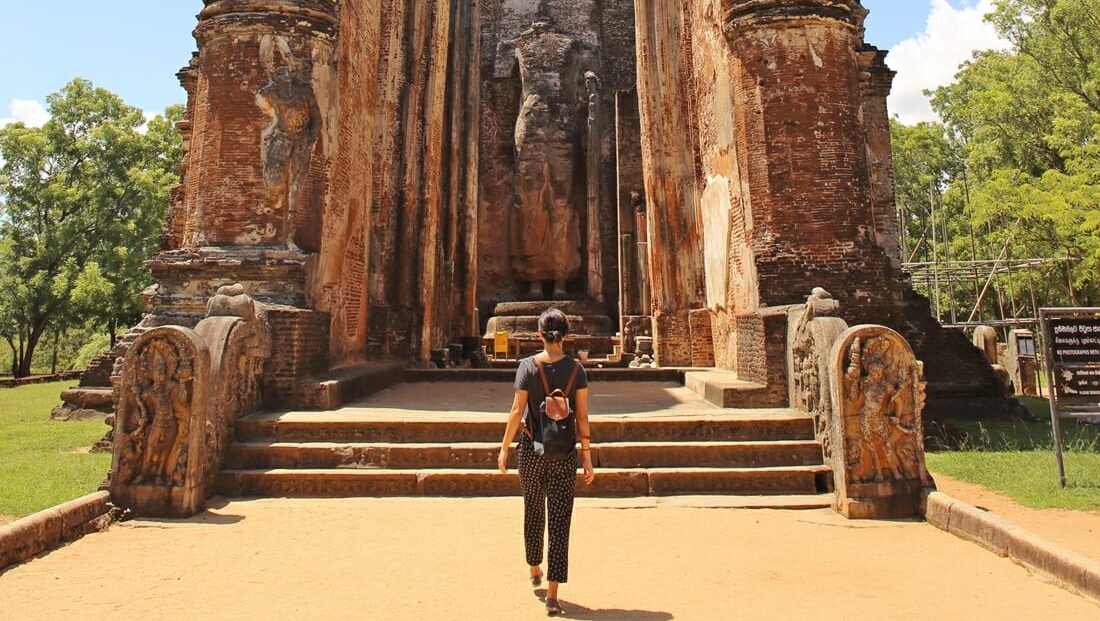
Sigiriya
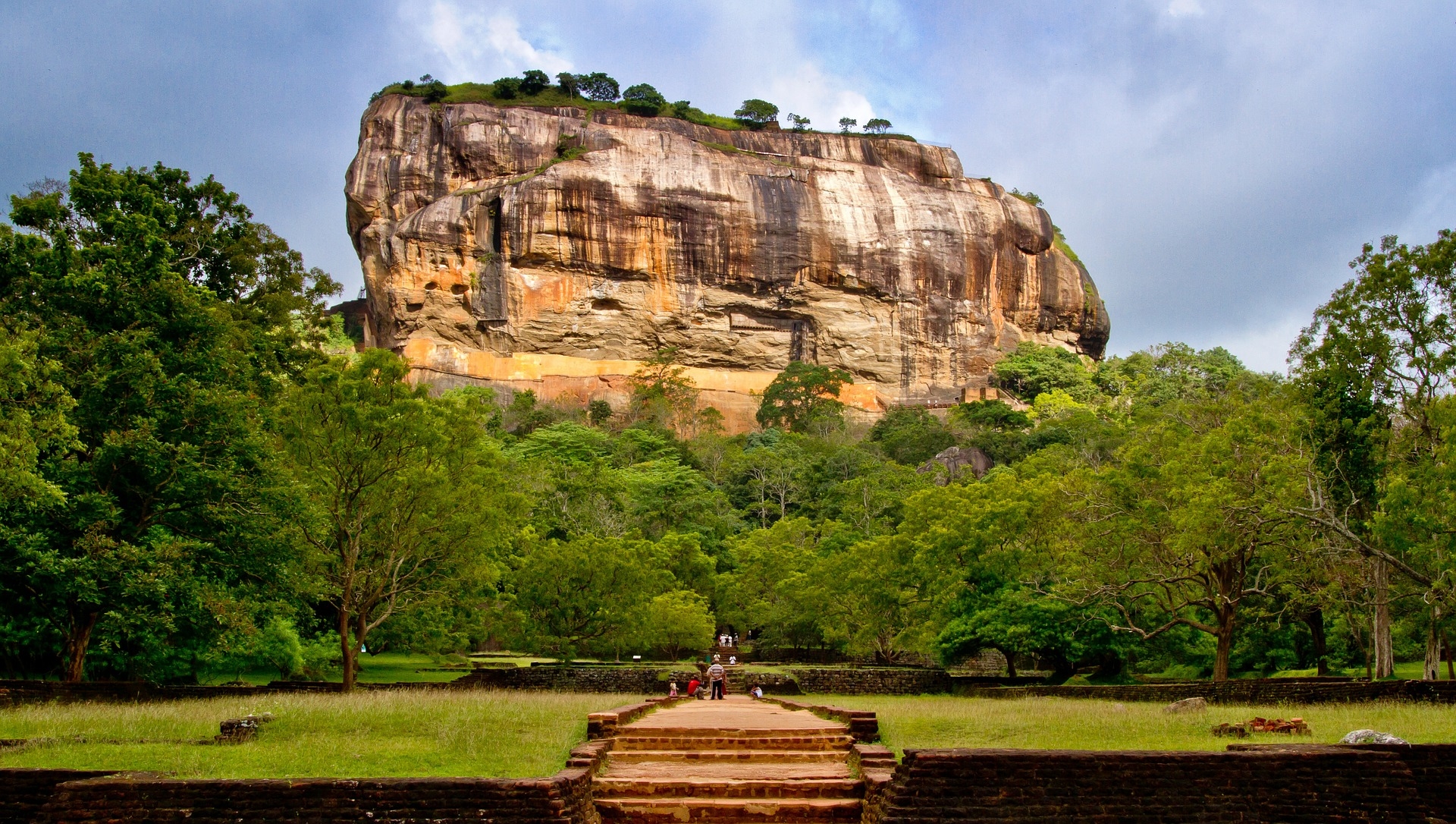
Sigiriya is one of the most valuable historical monuments of Sri Lanka. Referred by locals as the Eighth Wonder of the World this ancient palace and fortress complex has significant archaeological importance and attracts thousands of tourists every year. It is probably the most visited tourist destination of Sri Lanka. The palace is located in the heart of the island between the towns of Dambulla and Habarane on a massive rocky plateau 370 meters above the sea level. Sigiriya rock plateau, formed from magma of an extinct volcano, is 200 meters higher than the surrounding jungles. Its view astonishes the visitors with the unique harmony between the nature and human imagination.
The fortress complex includes remnants of a ruined palace, surrounded by an extensive network of fortifications, vast gardens, ponds, canals, alleys and fountains. The surrounding territories of Sigiriya were inhibited for several thousand years. Since 3th century BC the rocky plateau of Sigiriya served as a monastery. In the second half of the 5th century king Kasyapa decided to construct a royal residence here.
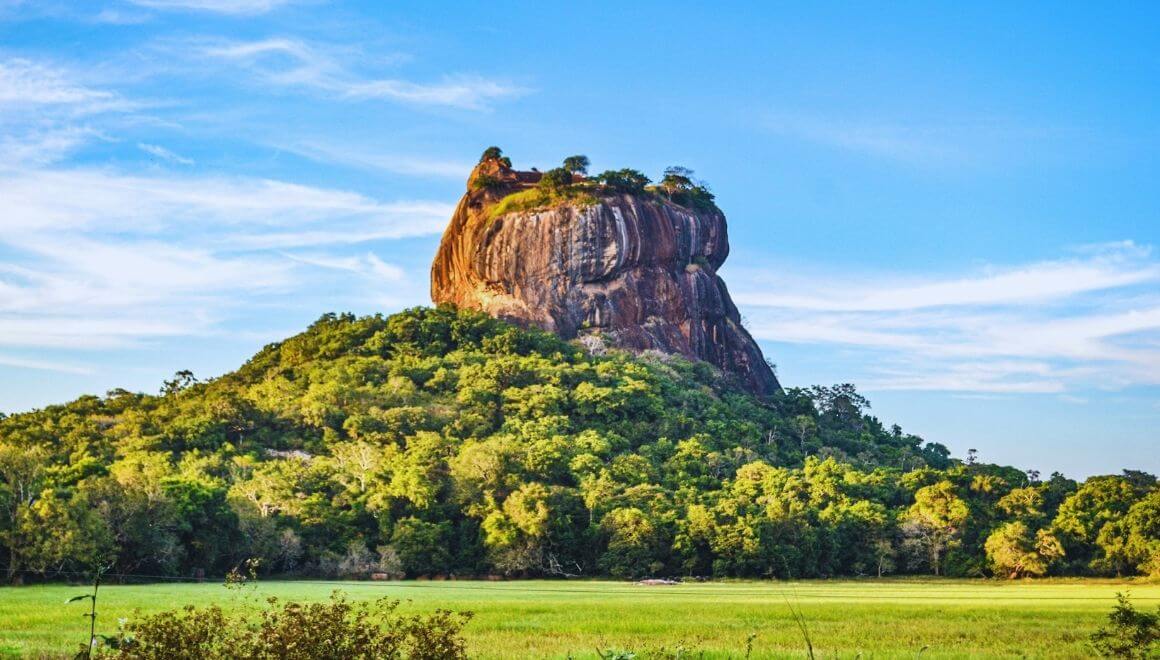
Temple of the Tooth
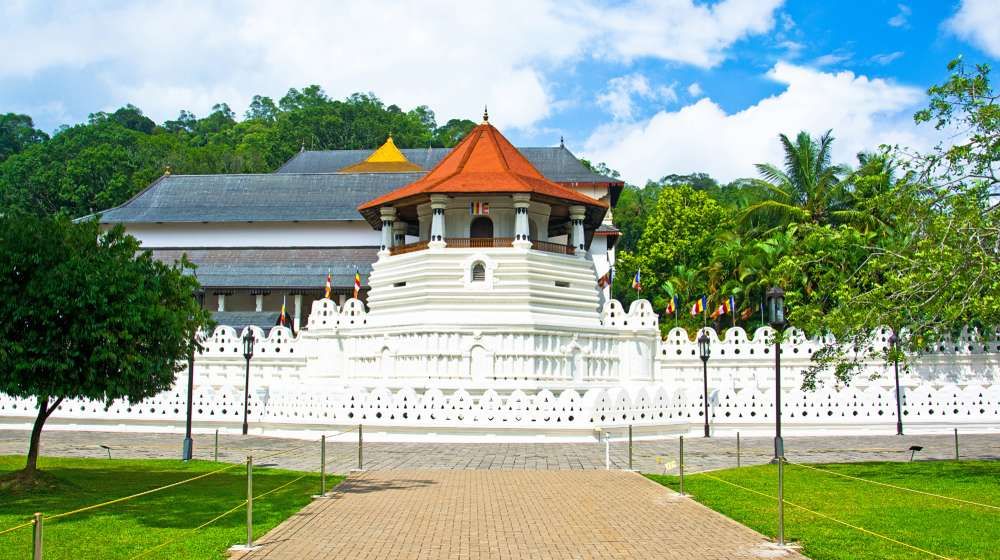
The Temple of the Sacred Tooth Relic, also known as Sri Dalada Maligawa, is Sri Lanka's most important Buddhist shrine. It is believed to hold the sacred tooth of the Buddha, which was taken from his remains after his cremation in India and smuggled to Sri Lanka, where it eventually ended up in Kandy. There, a temple was built within the royal palace complex to keep the tooth relic of Buddha safe. Both the temple and the rest of Kandy are now listed as UNESCO World Heritage Sites.
The sacred tooth relic used to leave the temple in Kandy once a year, during Esala Perahera. It would then go on a 10-day parade with torches, dancers, drummers, and elephants. The relic itself - still hidden away inside the caskets - was carried by a royal male elephant accompanied by two smaller elephants. Because of tensions with the Tamil Tigers, however, the sacred tooth has remained in the temple since 1990 and now only a casket is brought on the parade to represent the tooth.
It is a must visit location for all tourists. Visitors can catch a glimpse of Buddhist rituals, explore the museum that includes several ancient artifacts, and pay your tribute to the tooth relic at one of the Buddhist ceremonies held at the premises. The architectural splendor and the historical importance of the Dalada Maligawa are sure to amaze you. Points of interest are: the Aluth Maligawa, Audience Hall and the World Buddhism Museum.
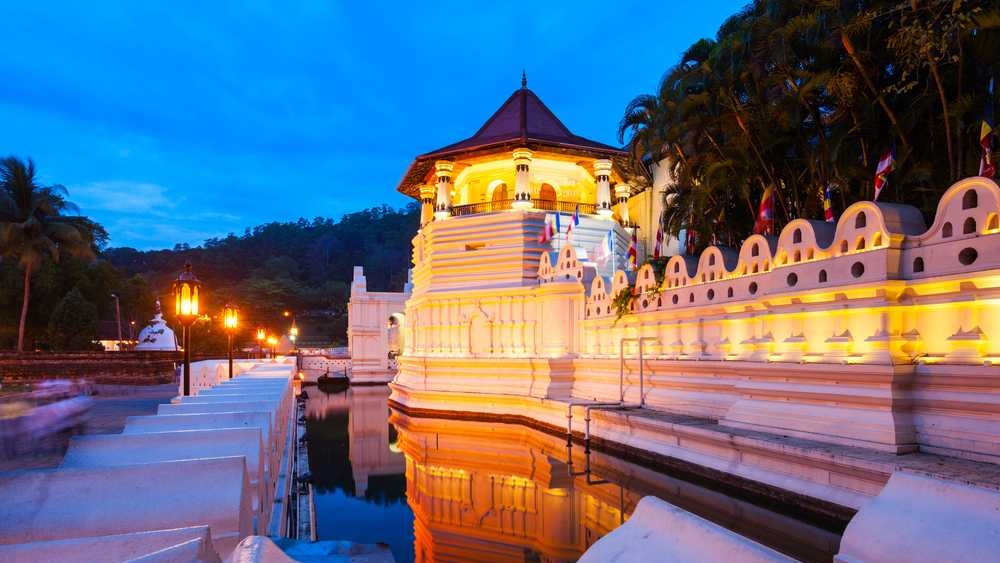
If you're keen to learn more about the history and cultural background, you can hire a freelance guide for two hours. You'll find many of them at the entrance of the temple. Free audio guides are also available at the ticket office. Getting a guided tour around the entire temple complex costs $3.5 for a group.
Explore MoreRangiri Dambulla Cave Temples
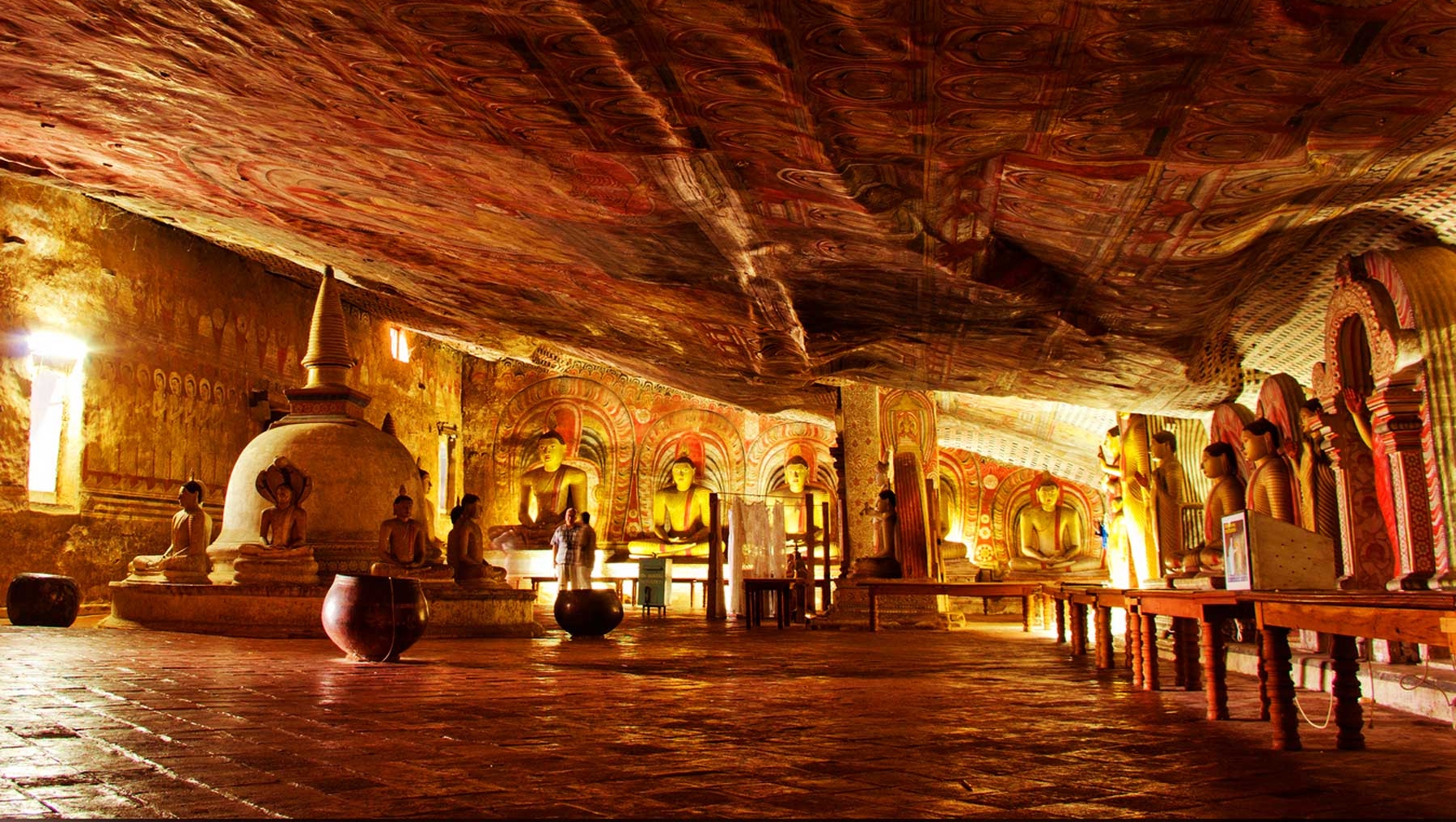
The Rock Temple of Dambulla, called Jumbukola Vihara (Dambulla Cave Temple) in the (Mahavamsa)-the principal Pali Chronicle of Sri Lanka, is situated about forty-seven miles northwest of Kandy, the last capital of the Sinhalese kings, on the main road to Anuradhapura. The shortest way, from Colombo to Dambulla lies via Kurunegala, one of the capitals of the medieval Sinhalese kings. The other rock temple of equal fame, Aluvihare, where, according to tradition, the Buddhist scriptures were first committed to writing about The first century B.C., list about twenty-six miles to the south on the Kandy Dambulla road. And the famous fortress of Sigiriya with its beautiful frescoes rises aloft like a gigantic cylinder at a distance of about twelve miles to the north-east of Dambulla. Dambulla is a scent of unique interest. Its rock temples are the most extensive in the Island, and one of the most ancient, and in the highest state of preservation and order. Dambulugala (the rock of Dambulla), in which these temples are situated, is almost insulated and of vast size. Its perpendicular height above the plain is about six hundred feet. Very few parts of it are covered with wood, and in general, its surface is bare and black.
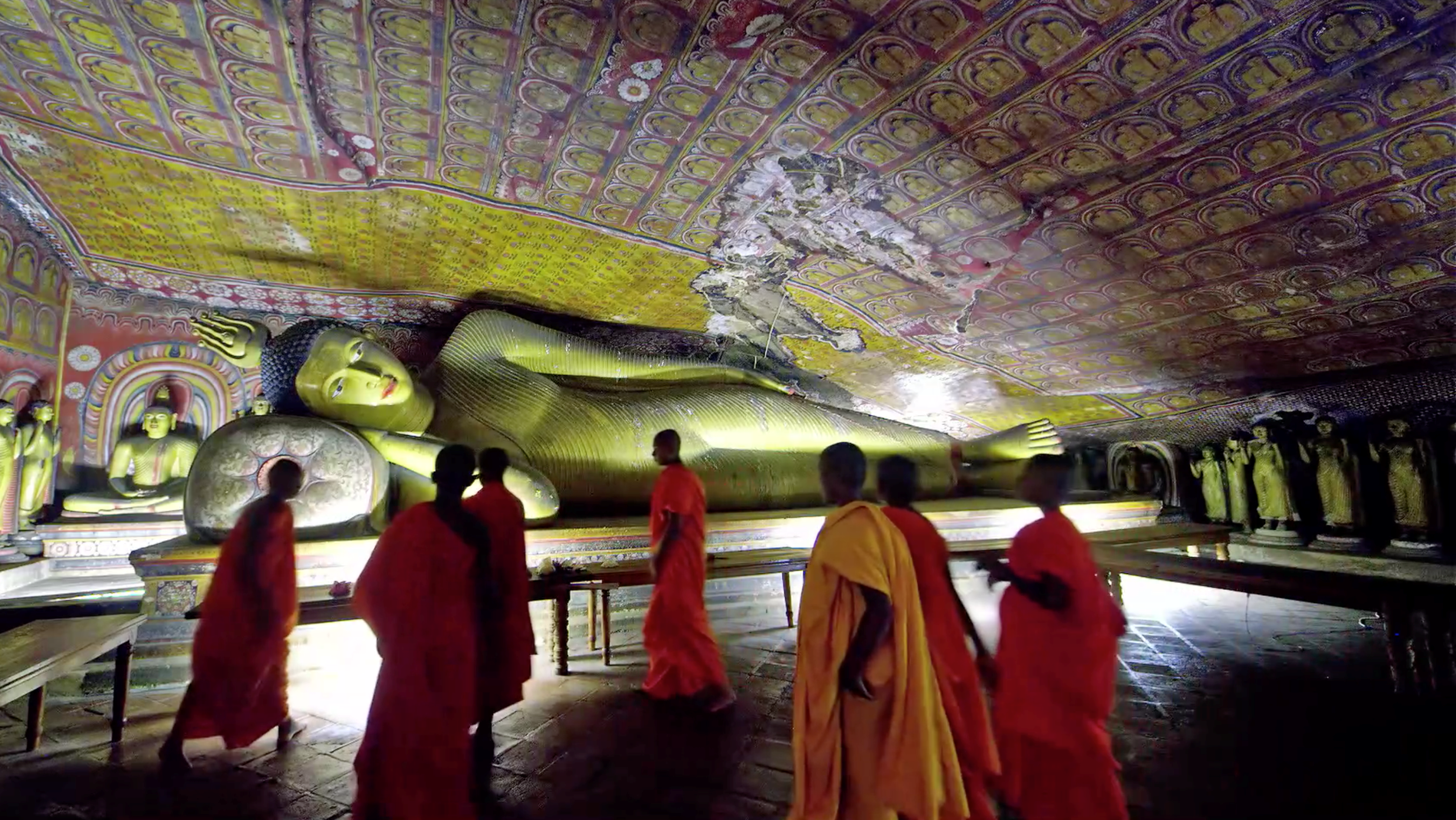
Once stepping in from the main road, the path takes a few hundred feet along the gravel path until one comes to the start of the rock with a gradual ascend. There are hundreds of Rock cut steps and rock paved steps that leads upto the Temple terrace. On the way up there are fine viewpoints enabling to see the surrounding landscape up to about 20 Km distance. Dambulla Cave Temple premises needs to be accessed through a Vahalkada entrance common to Sinhalese temple architecture.
Explore MoreGalvihara Temple
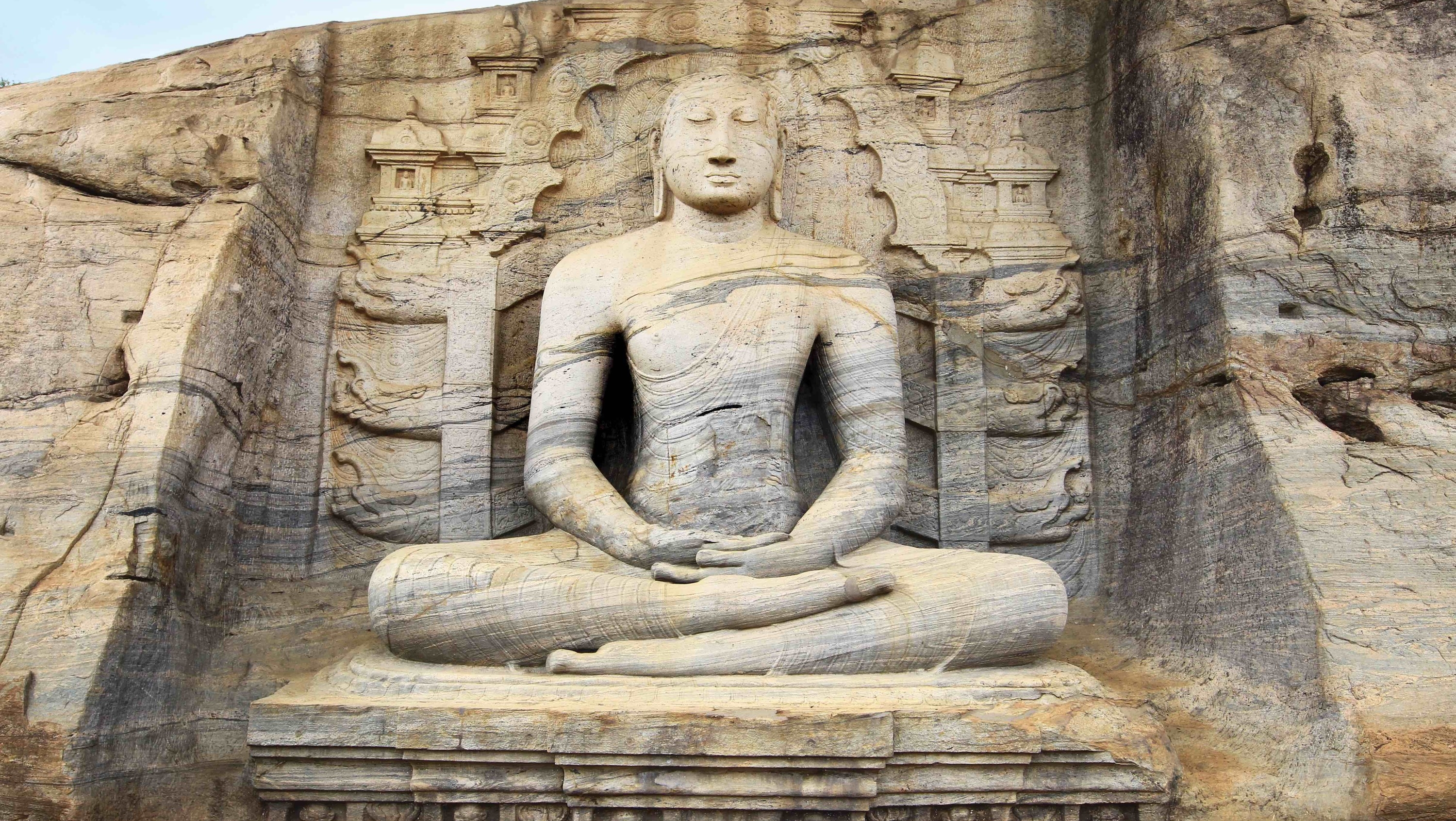
Gal Vihara (Sinhala: stone temple), Buddhist Temple at (UNESCO World Heritage Site) at Polonnaruwa, Sri Lanka is the most perfect specimen of Buddha statue hewn out of solid stone. Crafted during the reign of King Parakrabahu (1153-1186 A.C), Gal Vihara statues are still incomplete preservation with their irresistible charm and sublimity. It is undeniable that the sculptors of Gal Vihara were of greater skill and expertise in the art of stone sculpture in Sri Lanka. The images at Gal Vihara have brought about a higher level of awakening in the observers with respect to Buddhist art in Sri Lanka.
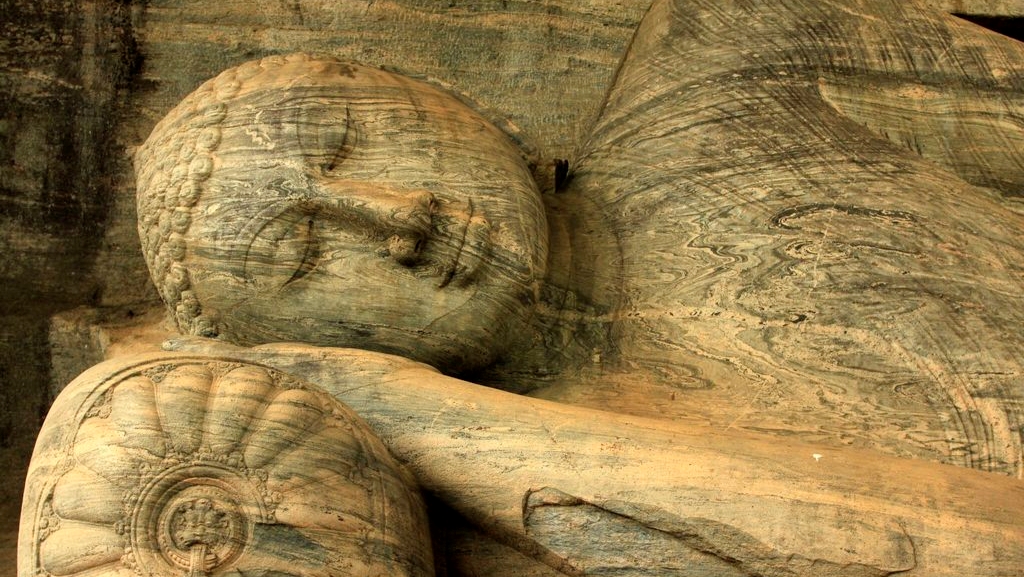
The Red Mosque
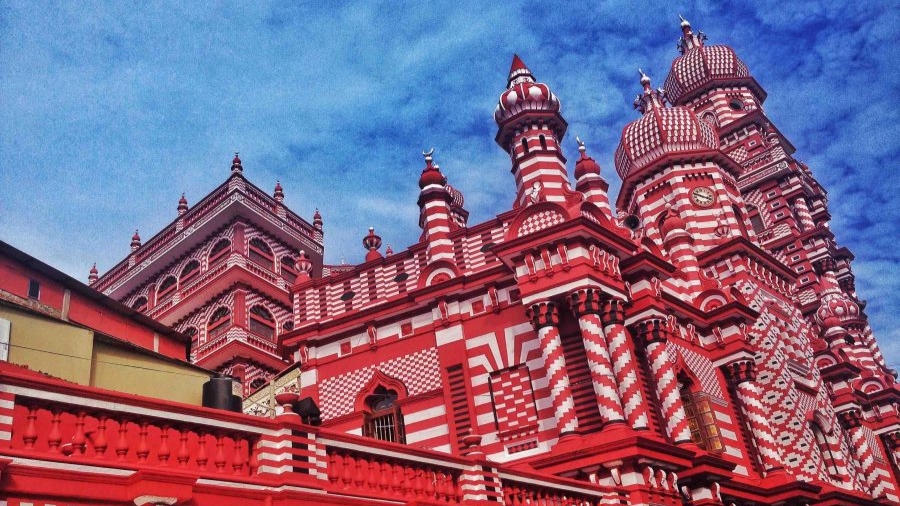
The Jami Ul-Alfar Mosque, also known as the Red Mosque (not to be confused with the Red Mosque of New Delhi), is one of Colombo's oldest mosques. The Arabs arrived for the first time in Sri Lanka for trade in the 7th century AD. As olden days Ceylon was a hub for trade and was right in the middle of the spice and silk routes; they maintained a constant presence in Sri Lanka since that time by either migrating or intermarrying with the locals. Most Islamic communities settled in Colombo or Galle where the main ports were located; and to this day their descendants continue their lives in these areas. And hence as a result Colombo, with its being a major trade zone of the country, has a very big population of Muslims. But there was a severe lack of large mosques, which made life very difficult for the local Islamic community as their religion enforced praying 5 times a day.
The Jami Ul-Alfar Mosque was built in 1908 in Pettah to cater to the growing need for a large place for religious repose. The design and construction were done by Habibu Labbe Saibu Labbe an unknown architect of the time. He used Indo-Saracenic structural images, given to him by the South Indian traders who commissioned him, as his base; but also mixed in elements of his own. One of the most notable architectural changes is that the dome-shaped spires on top of the mosque are not of the typical onion shape. Instead, its shape follows that of a pomegranate; while its walls are painted the same shade of red as the innards of that fruit, along with pale yellow horizontal stripes. This red tone is why the mosque gained its nickname. The mosque had approximately two floors (unsure of the exact amount as renovations were done later, and the locals in the know-how refuse to speak much about its history) at the time; which were supported by four massive teak tree columns that pass through the two lower floors.
Visitors are greeted by beautiful minarets and spires straight from a Persian fairytale, which is seen for miles all around. The bright red and pale yellow stripes of its walls make the mosque stand out in the crowded street with all its shops and buildings of trade and business. The tiles of the inner part of the mosque have been replaced with those that have an early 20th century Period design; which gives the entire area a beautifully aged aura. The four teak support columns are still there in pristine condition. The mosque doesn't skimp on modern-day facilities though; and was most recently having an escalator facility built for elderly and infirm visitors.
Explore MoreAvukana Buddha Statue
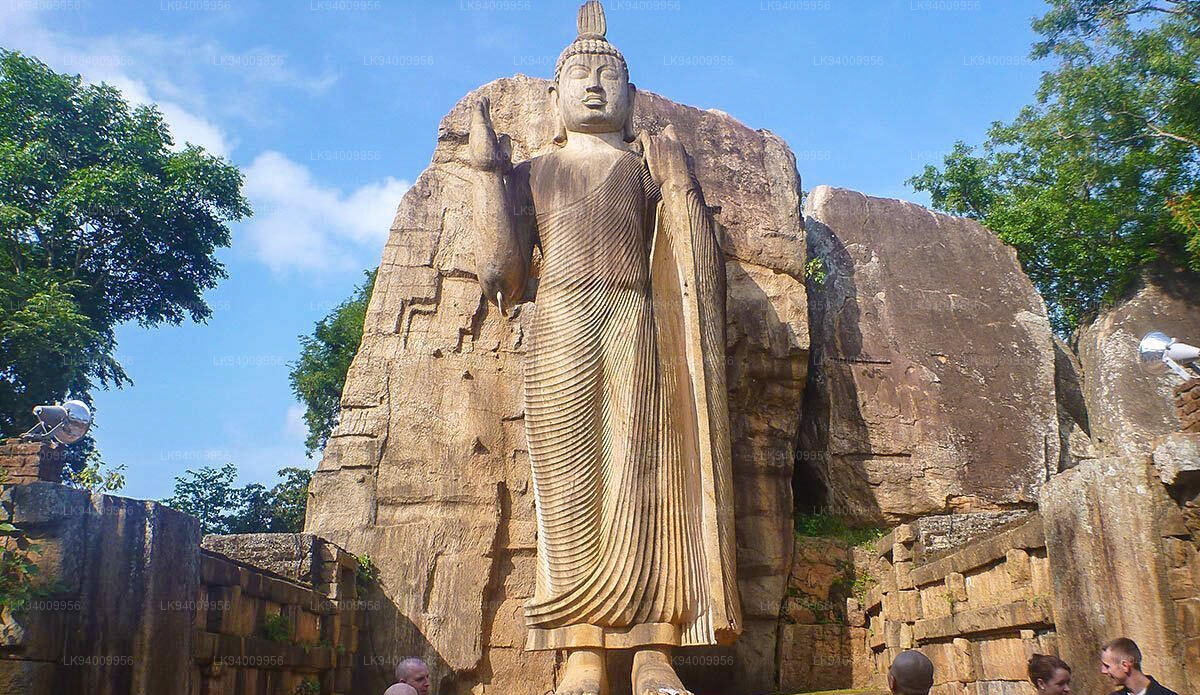
Aukana Buddha Statue in Asisa Mudra or the “posture of blessing” is carved out of a rock boulder. The statue is carved in the round connected to the back to the rock boulder. The delicate and skillful carving of the Buddha's robe humanizes and chastely reveals the underlying form of his body, while the face's impassive expression projects an aura of spiritual supremacy.
It is said that the degree of alignment of the statue is such that raindrop on the nose would drop straight down to a small depression carved between the toes. Avukana Buddha Statue is a masterpiece of a colossal Buddha Statue by an unknown sculptor: the serene expression of the statue, the gracefully carved robe with neat pleats brings in delicateness that could hardly be molded into a rock. The impassive expression of the face reflects the supreme spirituality.
The difference in opinion of the experts of the dating of Avukana Buddha statues was finally resolved following the discovery in the year 1952, of an inscription on a granite slab built onto the northern wall of the shrine. The statue was sculpted in the second half of the 8th century AD when Mahayana Buddhism threatened to take root in Sri Lanka.
Explore MorePalace of King Parakramabahu

Once towering at 7 stories, and believed to have around 1,000 chambers, the Palace of the great King Parakramabahu is a reminder of just how great the kingdom was. Built in the 12th century AD, this unique palace was also shared with his ministers, generals and servants. The prosperous kingdom, however, was subjected to constant Chola invasions in the 14th century, which in turn resulted in the kingdom to shift to the region of Ruhuna in the south of the island. This unfortunate event resulted in the magnificent palace to be plundered and razed to the ground, never to be rebuilt again. Although no longer boasting its original grandeur, the palace is still a testament to the architectural craftsmanship of the ancient kingdom, and still has an intimate connection to the country's illustrious history due to its association with the great King Parakramabahu.
The large holes can be seen in walls probably the places where the large wooden beams fixed. The Palace may have been destroyed by fire during the invasions. In addition to the main building, there are ruins of some minor buildings around it. This site is also listed as a UNESCO World Heritage Site.
Explore More